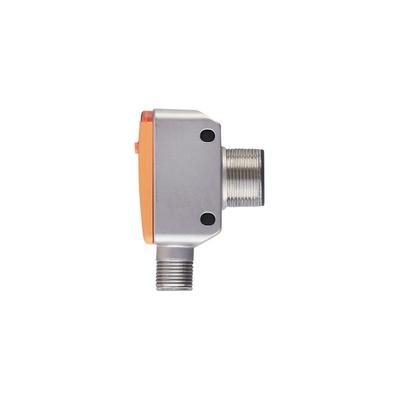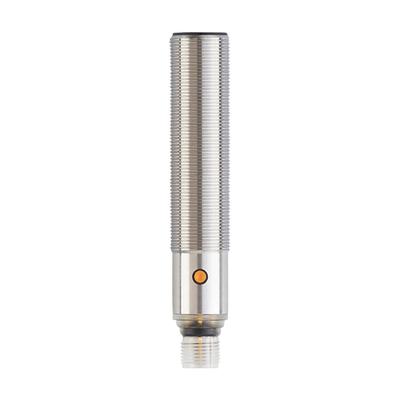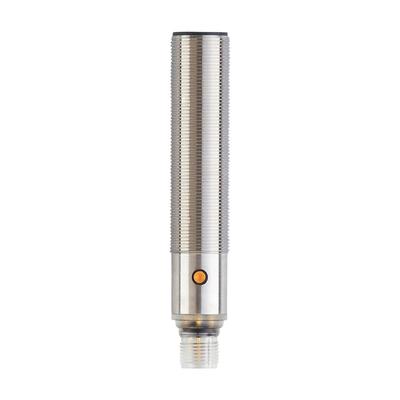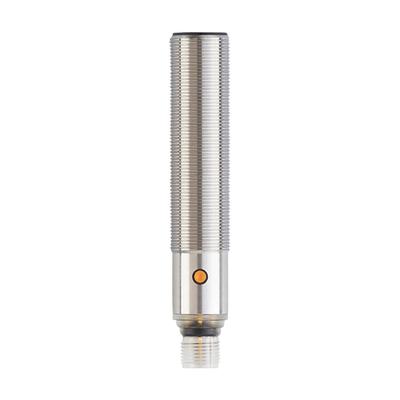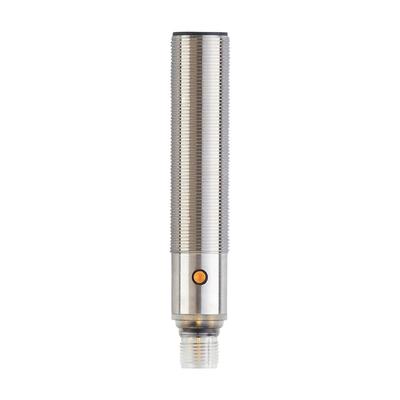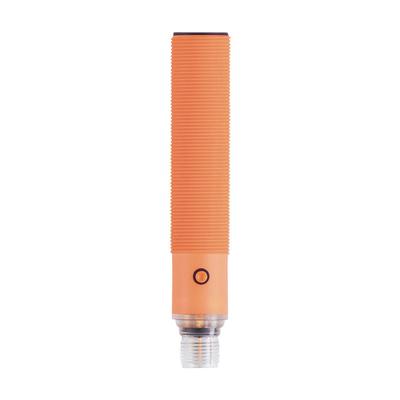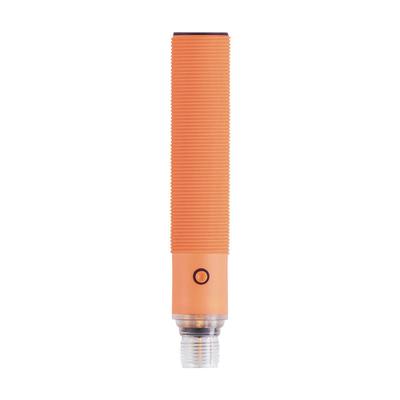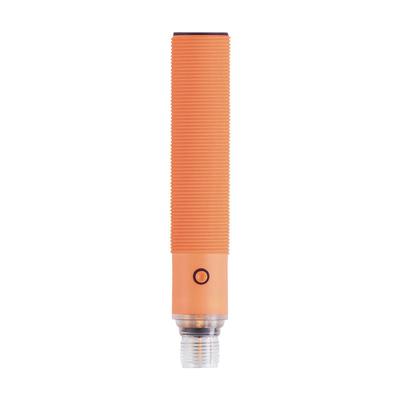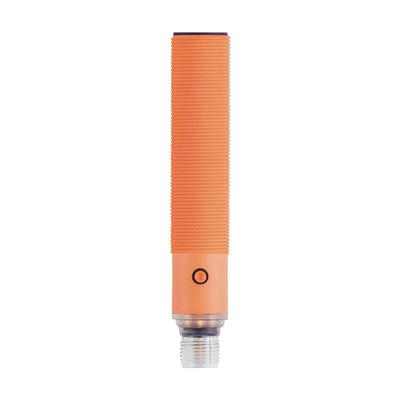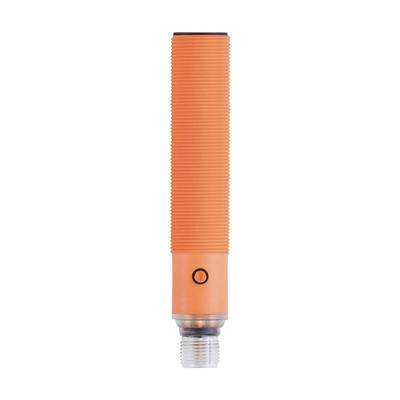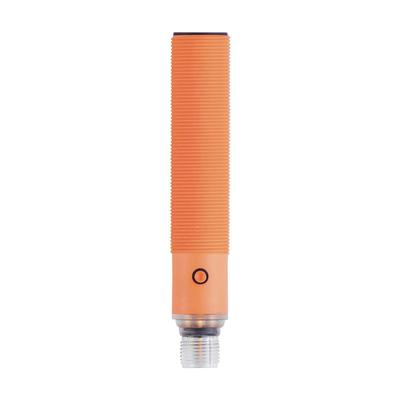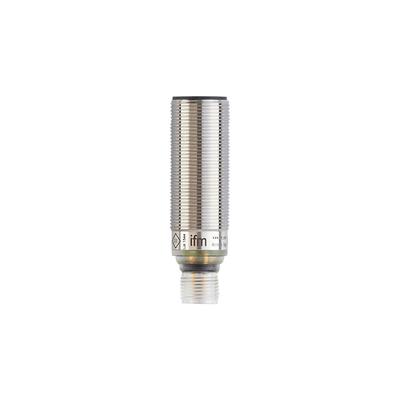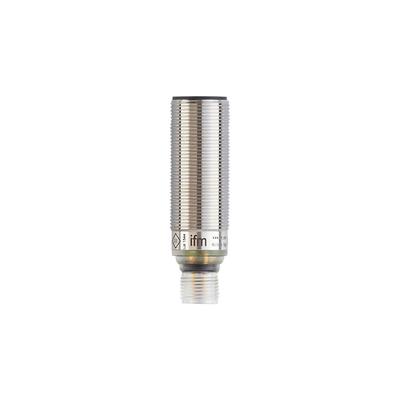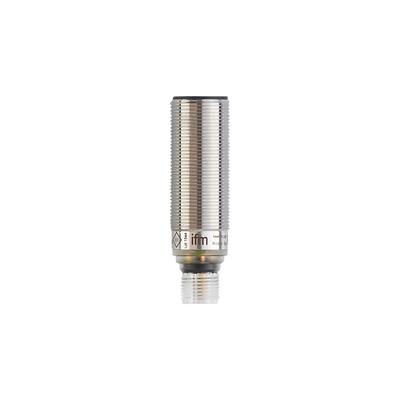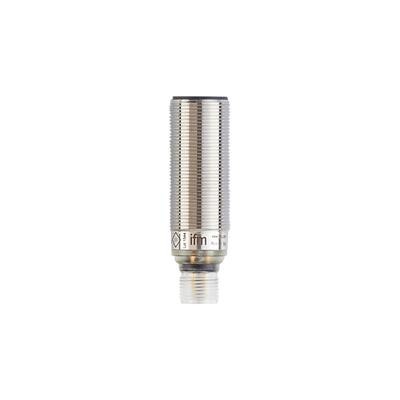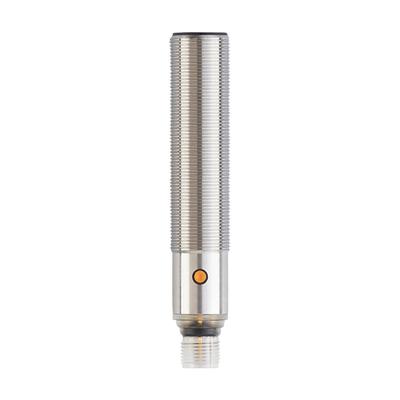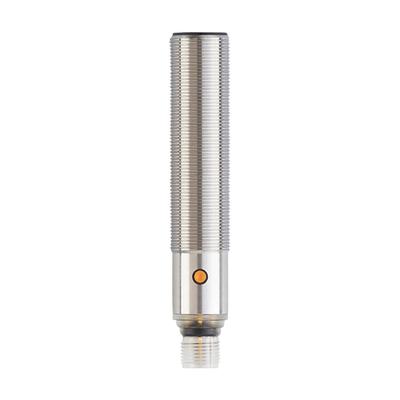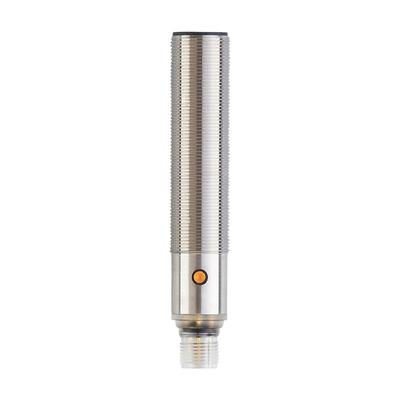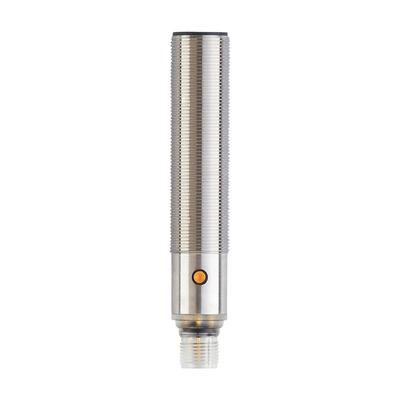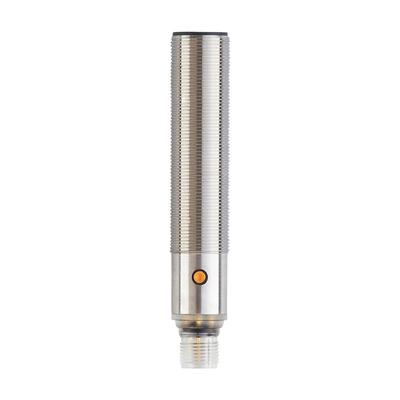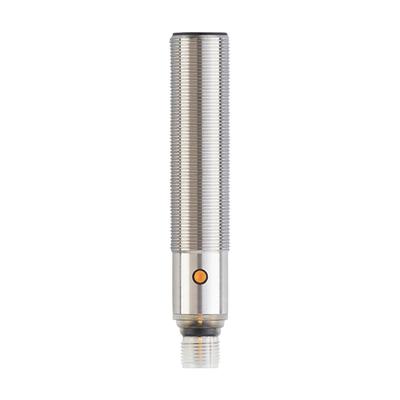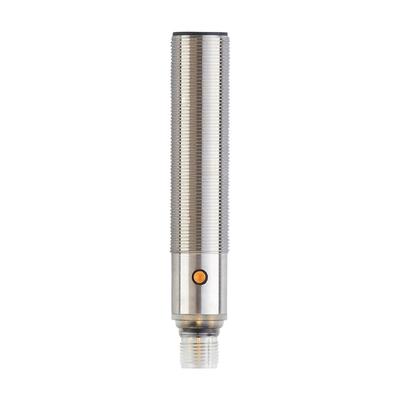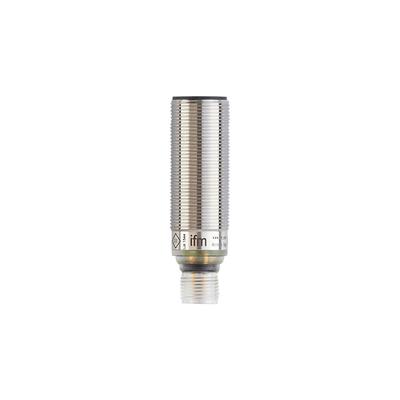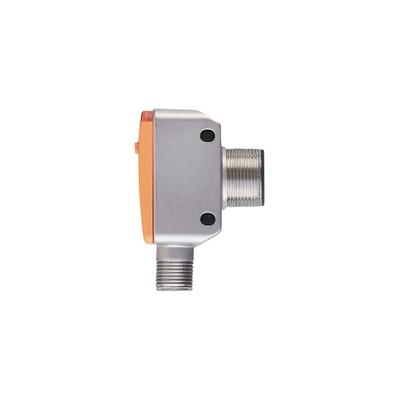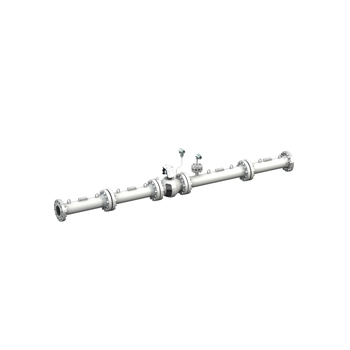IFM Ultrasonic sensors
- Sensing range 80...1200 mm
- Operating voltage 10...30 DC
- ("supply class 2" to cULus) V
- PNP
- M12 Connector
- ultrasonic retro-reflective sensor
- Sensing range 250...1600 mm
- Operating voltage 10...30 DC
- ("supply class 2" to cULus) V
- PNP
- M12 Connector
- ultrasonic retro-reflective sensor
- Sensing range 300...2200 mm
- Operating voltage 10...30 DC
- ("supply class 2" to cULus) V
- PNP
- M12 Connector
- ultrasonic retro-reflective sensor
- Sensing range 250...1600 mm
- Operating voltage 10...30 DC
- ("supply class 2" to cULus) V
- NPN
- M12 Connector
- ultrasonic retro-reflective sensor
- Sensing range 300...2200 mm
- Operating voltage 10...30 DC
- ("supply class 2" to cULus) V
- NPN
- M12 Connector
- Sensing range 150...1600 mm
- Operating voltage 10...30 DC
- ("supply class 2" to cULus) V
- PNP
- M12 Connector
- Sensing range 150...1600 mm
- Operating voltage 10...30 DC
- ("supply class 2" to cULus) V
- PNP
- M12 Connector
- Sensing range 150...1600 mm
- Operating voltage 10...30 DC
- ("supply class 2" to cULus) V
- PNP
- M12 Connector
- Sensing range 200...2200 mm
- Operating voltage 10...30 DC
- ("supply class 2" to cULus) V
- PNP
- M12 Connector
- Sensing range 200...2200 mm
- Operating voltage 10...30 DC
- ("supply class 2" to cULus) V
- PNP
- M12 Connector
- Sensing range 200...2200 mm
- Operating voltage 10...30 DC
- ("supply class 2" to cULus) V
- PNP
- M12 Connector
- Sensing range 40...300 mm
- Operating voltage 10...30 DC
- ("supply class 2" to cULus) V
- PNP
- M12 Connector
- Sensing range 40...300 mm
- Operating voltage 10...30 DC
- ("supply class 2" to cULus) V
- M12 Connector
- Sensing range 60...800 mm
- Operating voltage 10...30 DC
- ("supply class 2" to cULus) V
- M12 Connector
- Sensing range 80...1200 mm
- Operating voltage 10...30 DC
- ("supply class 2" to cULus) V
- M12 Connector
- Sensing range 150...1600 mm
- Operating voltage 10...30 DC
- ("supply class 2" to cULus) V
- PNP
- M12 Connector
- Sensing range 150...1600 mm
- Operating voltage 10...30 DC
- ("supply class 2" to cULus) V
- PNP
- M12 Connector
- Sensing range 150...1600 mm
- Operating voltage 10...30 DC
- ("supply class 2" to cULus) V
- PNP
- M12 Connector
- Sensing range 200...2200 mm
- Operating voltage 10...30 DC
- ("supply class 2" to cULus) V
- PNP
- M12 Connector
- Sensing range 200...2200 mm
- Operating voltage 10...30 DC
- ("supply class 2" to cULus) V
- PNP
- M12 Connector
- Sensing range 200...2200 mm
- Operating voltage 10...30 DC
- ("supply class 2" to cULus) V
- PNP
- M12 Connector
- Sensing range 150...1600 mm
- Operating voltage 10...30 DC
- ("supply class 2" to cULus) V
- NPN
- M12 Connector
- Sensing range 150...1600 mm
- Operating voltage 10...30 DC
- ("supply class 2" to cULus) V
- NPN
- M12 Connector
- Sensing range 150...1600 mm
- Operating voltage 10...30 DC
- ("supply class 2" to cULus) V
- NPN
- M12 Connector
- Sensing range 200...2200 mm
- Operating voltage 10...30 DC
- ("supply class 2" to cULus) V
- NPN
- M12 Connector
- Sensing range 200...2200 mm
- Operating voltage 10...30 DC
- ("supply class 2" to cULus) V
- NPN
- M12 Connector
- Sensing range 200...2200 mm
- Operating voltage 10...30 DC
- ("supply class 2" to cULus) V
- NPN
- M12 Connector
- Sensing range 60...800 mm
- Operating voltage 10...30 DC
- ("supply class 2" to cULus) V
- PNP
- M12 Connector
- Sensing range 40...300 mm
- Operating voltage 10...30 DC
- ("supply class 2" to cULus) V
- PNP
- M12 Connector
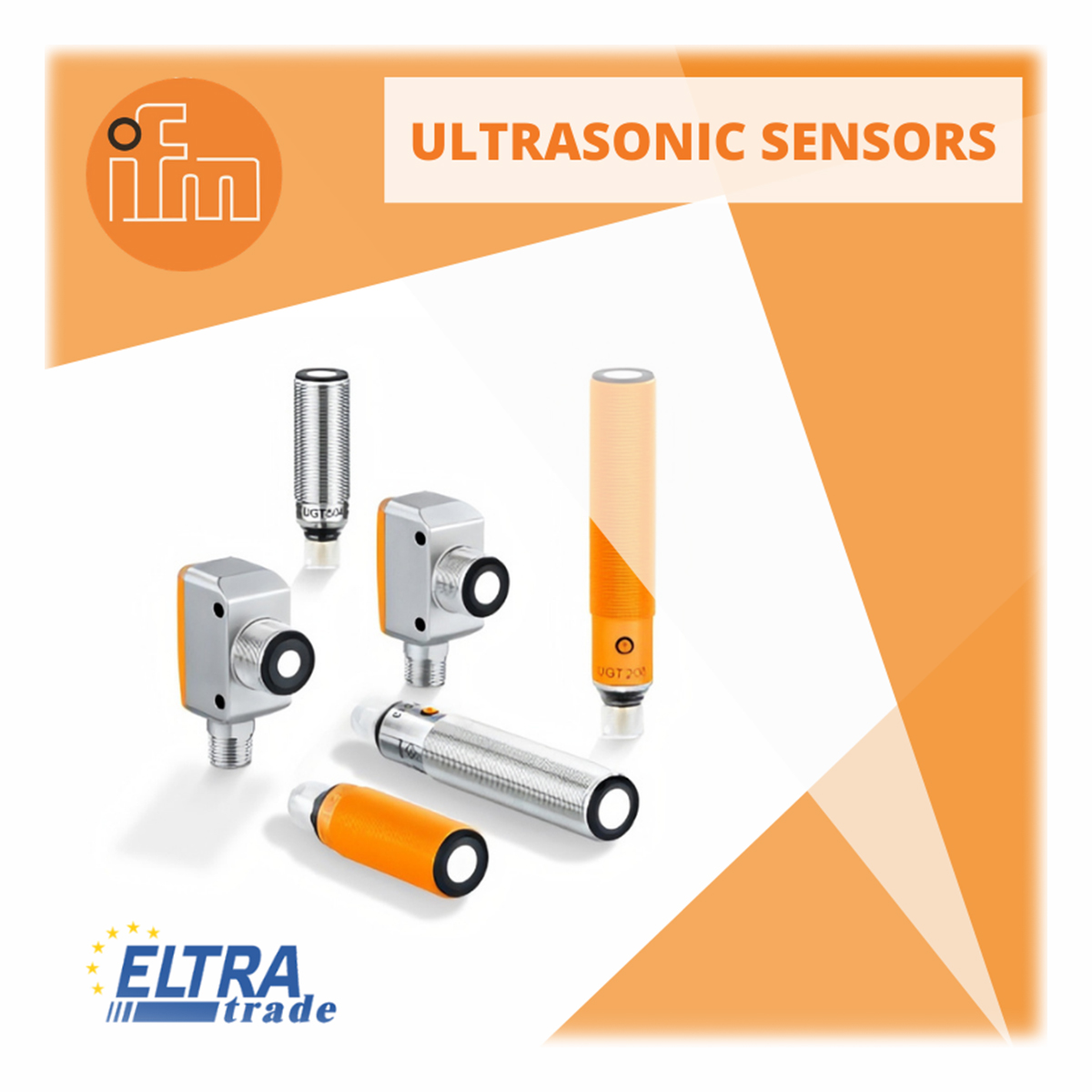
IFM ultrasonic sensors are reliable and accurate sensors for level and distance monitoring. Such position sensors use ultrasound to detect objects. These special sound waves are sent to a surface of a target, and then they reflected from it, returning to the device receiver. Using that technology devices can determine presence of the object in its sight and distance to the object’s surface (by analyzing signal travel time).
With the development of technology, the phenomenon of ultrasound has found wide application in modern life: in industry, medicine, and security activities. So, for example, when measuring the level of a substance, the principle of propagation/reflection of ultrasonic waves is also used.
Ultrasound is often used in industrial process automation systems in the food, oil and gas, metallurgical, energy, and chemical industries, thanks to non-contact material level measurement. Ultrasonic sensors are much cheaper than other non-contact type devices. Let's take a closer look at IFM ultrasonic sensors.
What do IFM Ultrasonic Sensors Do?
The operation of an ultrasonic sensor is that the transmitter sends an ultrasonic wave with a frequency of several tens to several hundred hertz, directed towards a specific object. When the wave meets the object, it is reflected from it and returns to the receiver. By the time during which the wave has overcome the path, you can determine the distance from the object. Depending on the type of device, this distance can vary from a few centimeters to 10 meters.
The generated reflection is received and converted into an electrical signal by a piezoelectric transducer. The instrument measures the delay between the emitted ultrasonic pulse and the received reflection, calculating the distance to the object using the speed of sound. At room temperature, the speed of sound in air is about 344 m/s.
IFM ultrasonic level sensors are applicable for both liquid and solid (free-flowing) media with certain limitations. These devices are applicable for solving problems of level measurement/control, as well as the determination of accompanying quantities (flow rate, volume, temperature).
The non-contact measurement method allows you to work with aggressive media (petroleum products, acids, alkalis). Ultrasonic sensors are used in open and closed tanks.
Thus, ultrasonic level gauges and signaling devices have a number of advantages:
- Low price in comparison with other types of contactless sensors.
- Non-contact method of measurement (the ability to work with aggressive and viscous media).
- Measurement reliability regardless of product properties: chemical, physical.
- Some models have the ability to work offline.
- Small dimensions.
- Multitasking of the device (determination of accompanying values, remote informing GPS, SMS, signaling).
What Type of Sensor is Ultrasonic?
Ultrasonic sensors are a type of position sensor. There are ultrasonic distance and level sensors.
Ultrasonic distance sensors are widely used in robotics due to their relative simplicity, acceptable accuracy, and affordability. Sensors are the "eyes" of the robot and help to bypass obstacles, get the size of objects, simulate a map of the room, and signal the approach or removal of objects. A flying drone uses a rangefinder to fly above the ground at a given altitude.
Ultrasonic level sensors are non-contact level transmitters that are widely used to measure and control the volume of liquid and solids in a tank and the fill level of a tank.
The principle of operation is based on the reflection of sound waves from an obstacle in the form of the surface of the measured medium. The ultrasonic level gauge contains an emitter and a receiver in its housing. The emitter emits ultrasonic waves, part of which is reflected from the surface of the measurement object and returned back to the receiver. Built-in electronics convert the received ultrasonic signal into voltage. Thus, the integrated controller measures the time it takes for the signal to travel from the emitter, reflect off the object, and return to the receiver.
Where are Ultrasonic Sensors Used in Real Life?
Ultrasonic sensors are widely used in various areas of production, and in some way are a universal tool for solving many problems of automation of technological processes. Such sensors are used to determine the distance and location of various objects.
Determining the level of a liquid (for example, fuel consumption in transport), detecting labels, including transparent ones, monitoring the movement of an object, and measuring distance, are just some of the possible applications of ultrasonic sensors.
As a rule, there are many sources of pollution in production, which can be a problem for many mechanisms, but the ultrasonic sensor, due to the nature of its operation, is absolutely not afraid of pollution, since the sensor housing, if necessary, can be reliably protected from possible mechanical influences.
If you want to learn more about ultrasonic sensors, then you should read the IFM ultrasonic sensors teach manual.
